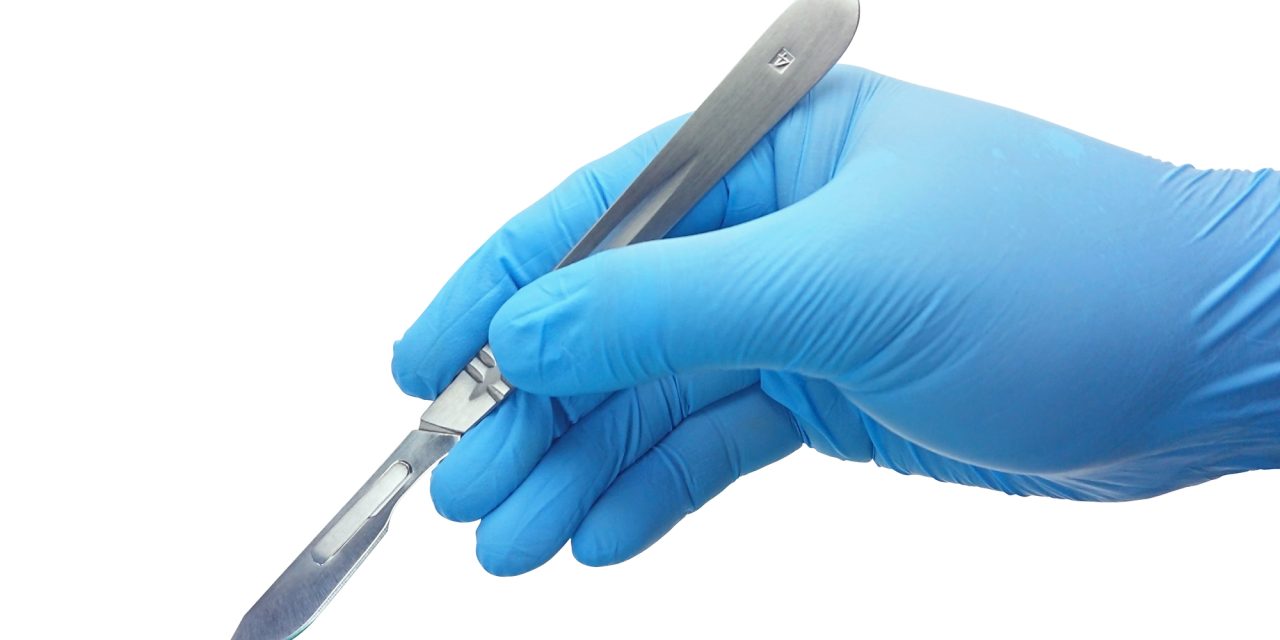The breasts of Oriental women are characterized by an obvious scar constitution and a relatively small mammary gland volume. Thus, plastic surgery, which is now popular in the West, is not suitable for most patients in China, and Chinese surgeons are searching for symmetrical plastic surgery options that are suitable for patients with breast tumors, unilateral breast implants and an obvious scar constitution.
Between January 2016 and December 2019, 15 patients underwent contralateral breast overlapped reconstruction (COBOR) at the Affiliated Hospital of Putian University. We assessed their clinicopathological data, complications, cosmetic satisfaction and quality of life.
The mean age was 41.6 years (range, 31-54 years), the average BMI was 24.36 kg/m2 (range, 20.3-28.4 kg/m2), the most common tumor location was the upper outer quadrant (n = 9), the mean preoperative tumor size was 21.11 mm (range, 7-42 mm), and 4 patients underwent neoadjuvant chemotherapy. The cancer grades and histological types were as follows: G3 nonspecial type (NST), 3 cases; G2 NST, 6 cases; G2 lobular carcinoma, 1 case; and ductal carcinoma in situ (DCIS), 5 cases. The nipple margin was negative in all of these cases. Among them, there was 1 case of poor wound healing caused by subcutaneous fat liquefaction around the incision. In another case, partial nipple necrosis occurred on the affected side due to an insufficient nipple blood supply after the operation and healed after debridement and dressing changes. There were no cases of tumor recurrence during the mean follow-up of 22.53 months (range, 11-47 months). The BREAST-Q scores showed that COBOR provided good patient satisfaction.
For Oriental patients with small breasts, COBOR, which results in fewer scars, good symmetry and good satisfaction, is an effective and safe surgical method. However, larger studies with longer follow-up periods are needed to obtain more reliable postoperative results.
Copyright © 2022 Asian Surgical Association and Taiwan Robotic Surgery Association. Published by Elsevier Taiwan LLC. All rights reserved.
Midterm follow-up results of a novel technique: Contralateral breast overlapped reconstruction after mastectomy for unilateral breast cancer.


